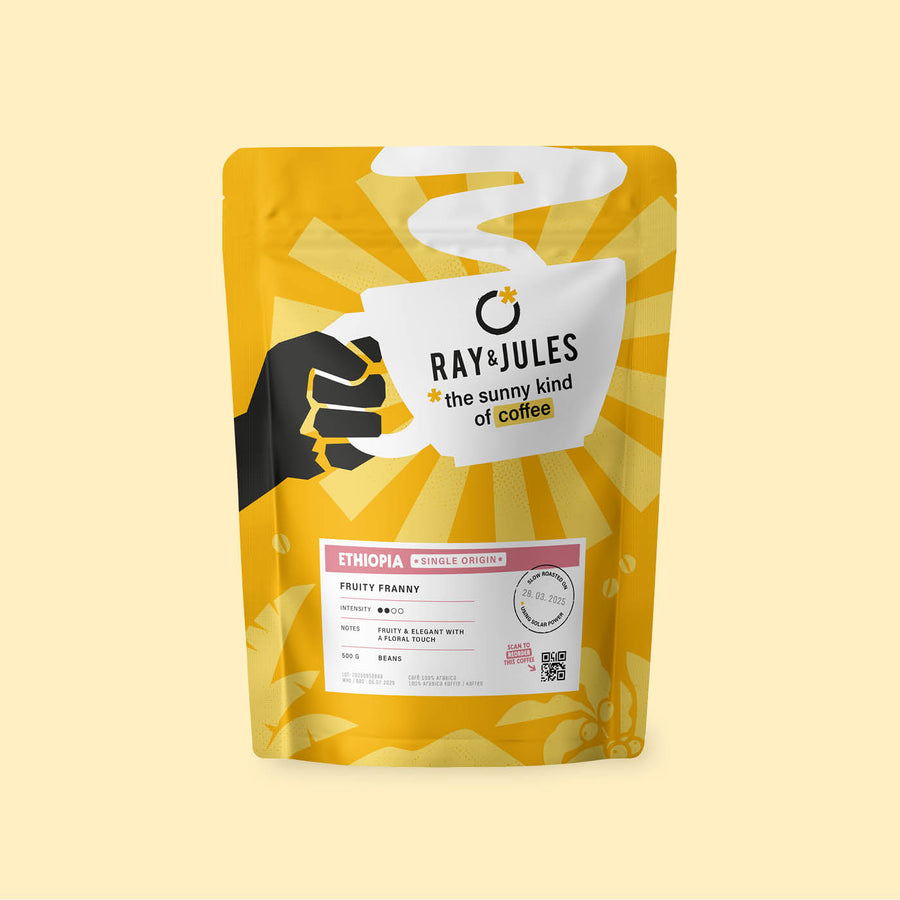Carefully exploring ...
As customers increasingly requested capsules, we decided to explore this path in 2023. Initially packaging waste stopped us, but we also realized how much coffee is wasted every day - not consumed - a waste of that coffee AND a waste for the environment. Capsules do have this advantage: one bag, no hassle, no waste. Yet development is challenging, for several reasons: (1) A capsule contains 30-50% less coffee than other brewing methods, which makes quality monitoring more difficult. (2) Our capsules contain only pure, fresh coffee-no instant coffee, flavorings or stabilizers. (3) Nespresso machines are designed for aluminum capsules, not compostable ones. (4) As a coffee roaster, we don't make capsules ourselves and had to find a reliable, like-minded partner. That proved to be a challenge.
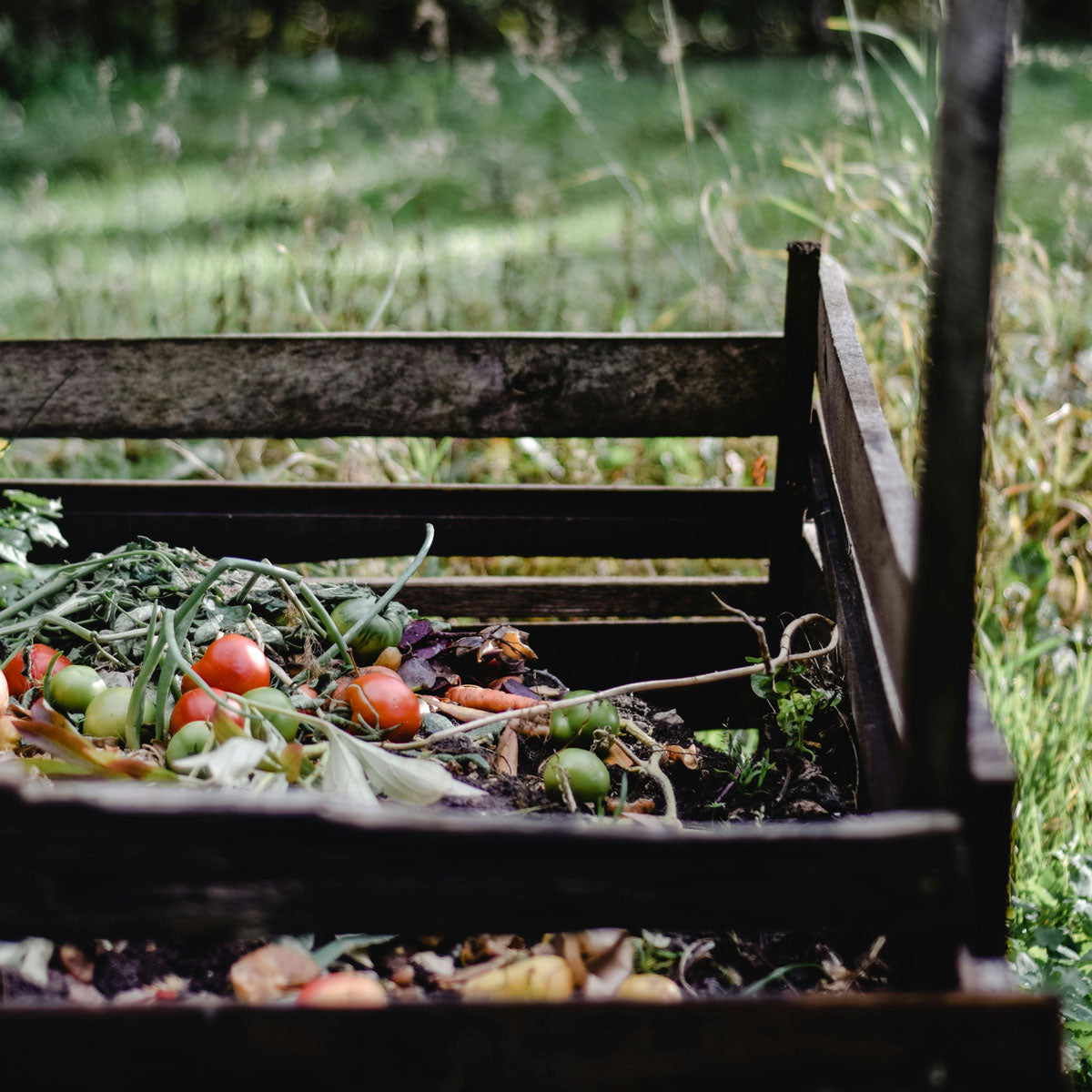
Researching the right material
It is a misconception that aluminum capsules are completely recycled. Only 20% is effectively recyclable; the rest consists of paint, silicone and plastic filters. For Ray&Jules, this was not an option.
After thorough research, we chose compostable capsules-a single-serve solution that's good for the planet AND your coffee experience. Industrial compostable capsules need specific conditions (high temperature, controlled humidity) and composting at home is not always sufficient. Moreover, waste disposal services do not (yet) always accept these capsules in the GFT bin, so they sometimes end up in the residual waste.
Home compostable capsules are in your control. Made from plant materials, break down within 26 weeks.
The first capsules, but also the first complaints ...
After a lot of research, testing and more testing, the time had come: in 2024 we launched our first compostable coffee capsules. But not everything went as planned. We received complaints: the capsules did not work as we had hoped; they did not run properly, were not punctured enough or got stuck in the machine. As a result, the taste experience was not what we had put first. Instead of ignoring those problems, we decided to address them. We weren't there yet, and daring to admit mistakes is the first step toward progress.
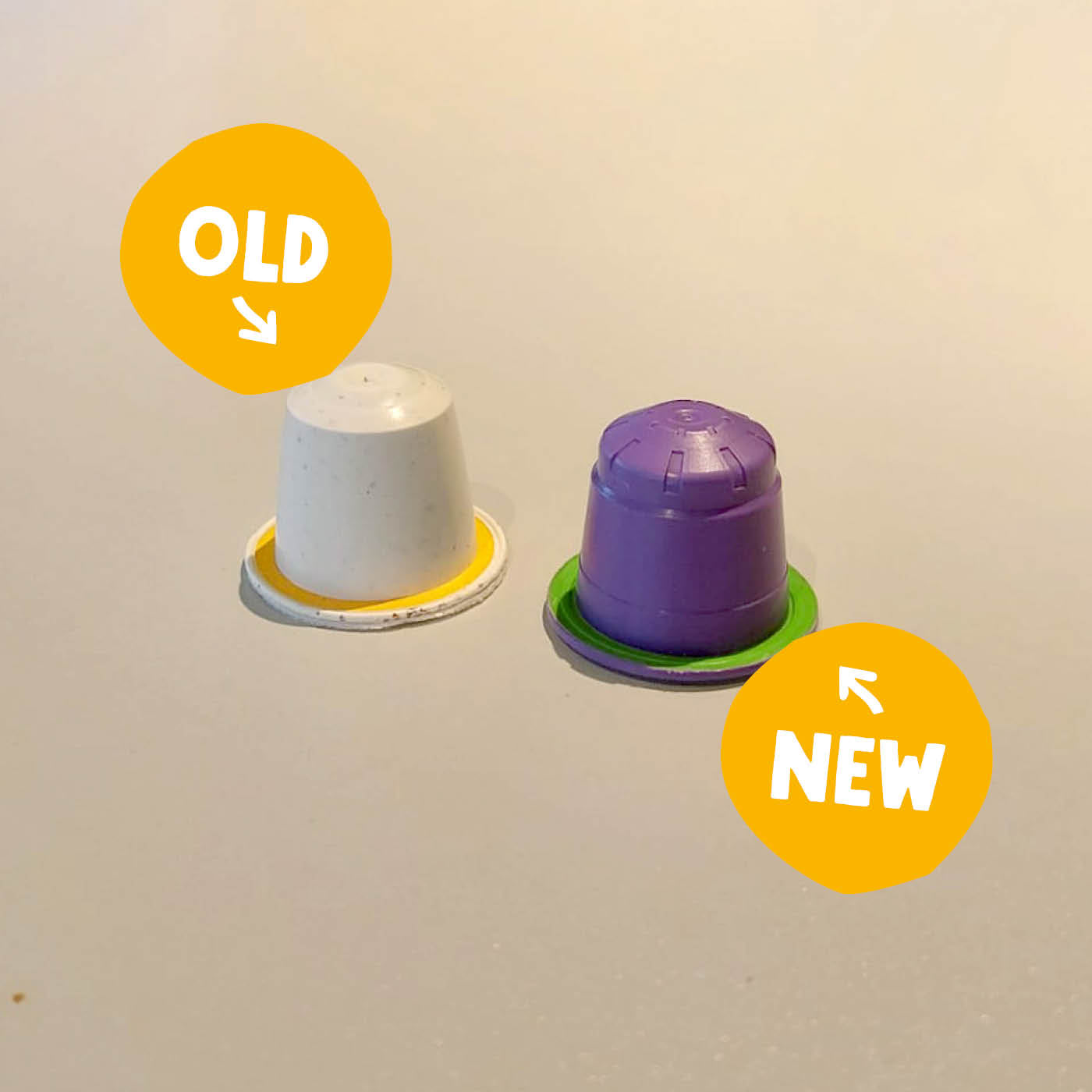
Back to the drawing board
We went into consultation with our supplier. Unfortunately, without much result. It turned out that the solution did not lie in the second batch either, because although promising, it too was inadequate. Thanks to the valuable insights of our customers, we knew, “we have to keep looking, not give up“.
After a thorough search, we found a new supplier who could offer us another solution. Even though this capsule looks completely different, it is again made from plant materials and is therefore fully compostable.
Innovative capsule and closure
We are now working with Advanced Technology Productions (ATP) in the Netherlands. ATP offers a unique, innovative solution for both the capsule itself and the closure/foil. It was mainly with the foil of the capsule that things went wrong at the first launch. Thanks to an innovative technology that uses several wafer-thin layers, the foil of the capsule is a great improvement over the first launch. The new capsules have a perfect sealing (customized for each capsule) and are thus perfectly protected from moisture and air. Thus we obtain maximum shelf life and consistent extraction.
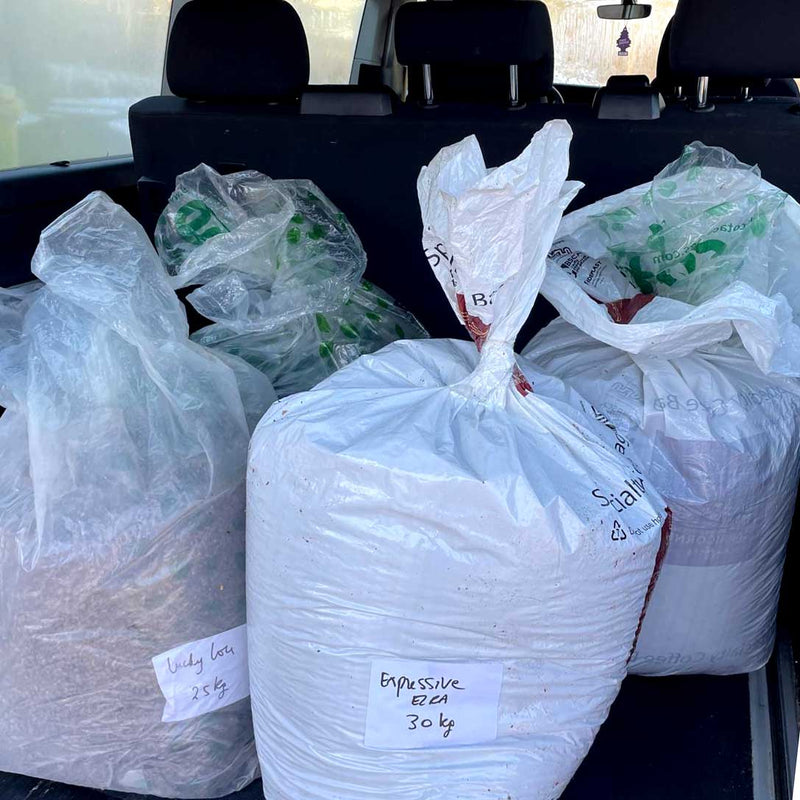
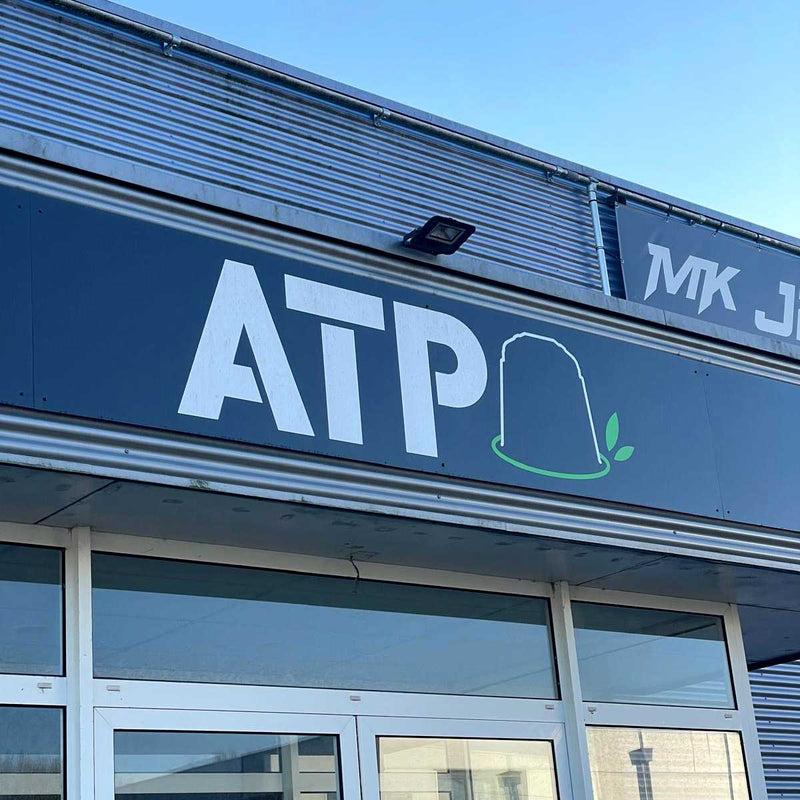
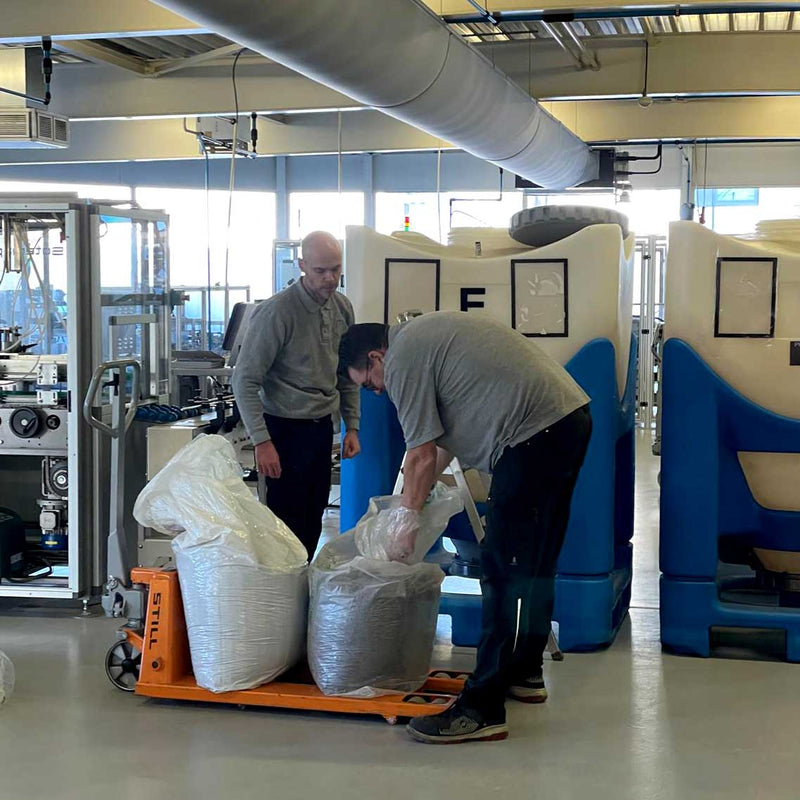
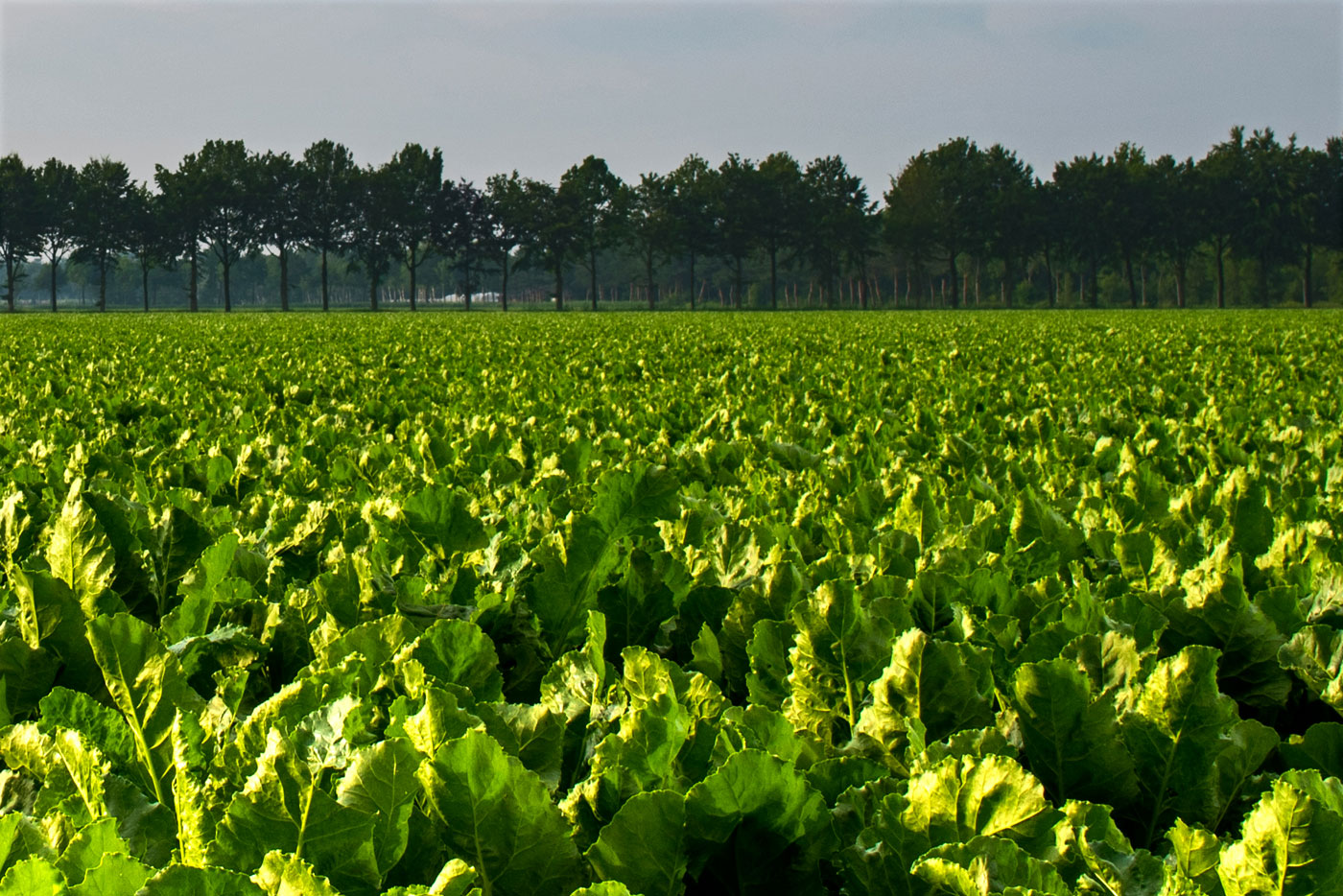
ATP works with waste streams from sugar (sugar cane, beets), water and CO2 for both the capsules and the film. They thus go a step further than other home compostable capsules where oils are used to obtain a bio plastic. Those oils have a negative impact on the environment, often deforestation for palm oil. The production of both the capsules and the film is done by them and is done in the Netherlands.
The new capsules were awarded 4 stars in the EN 14995 (home composting) category by DIN CERTCO, AMPLAIS, TÜV Austria and BPI. This means that they meet the strict standards for home compostability. These home compostable capsules also meet the conditions of industrially compostable capsules, so they may also be included in the GFT (if the local waste disposal allows it).
So are we there yet with our new capsules?
Honestly? We choose responsibility and sustainability. So we sacrifice a little on comfort. Compostable capsules sometimes do not fit as smoothly as the aluminum capsules in Nespresso machines, they do not slide as smoothly and this is due to the structure of the compostable material which is less smooth than metal. A simple solution is to fully open the machine and insert the capsule properly. In some cases, a light tap on the back of the capsule can help.
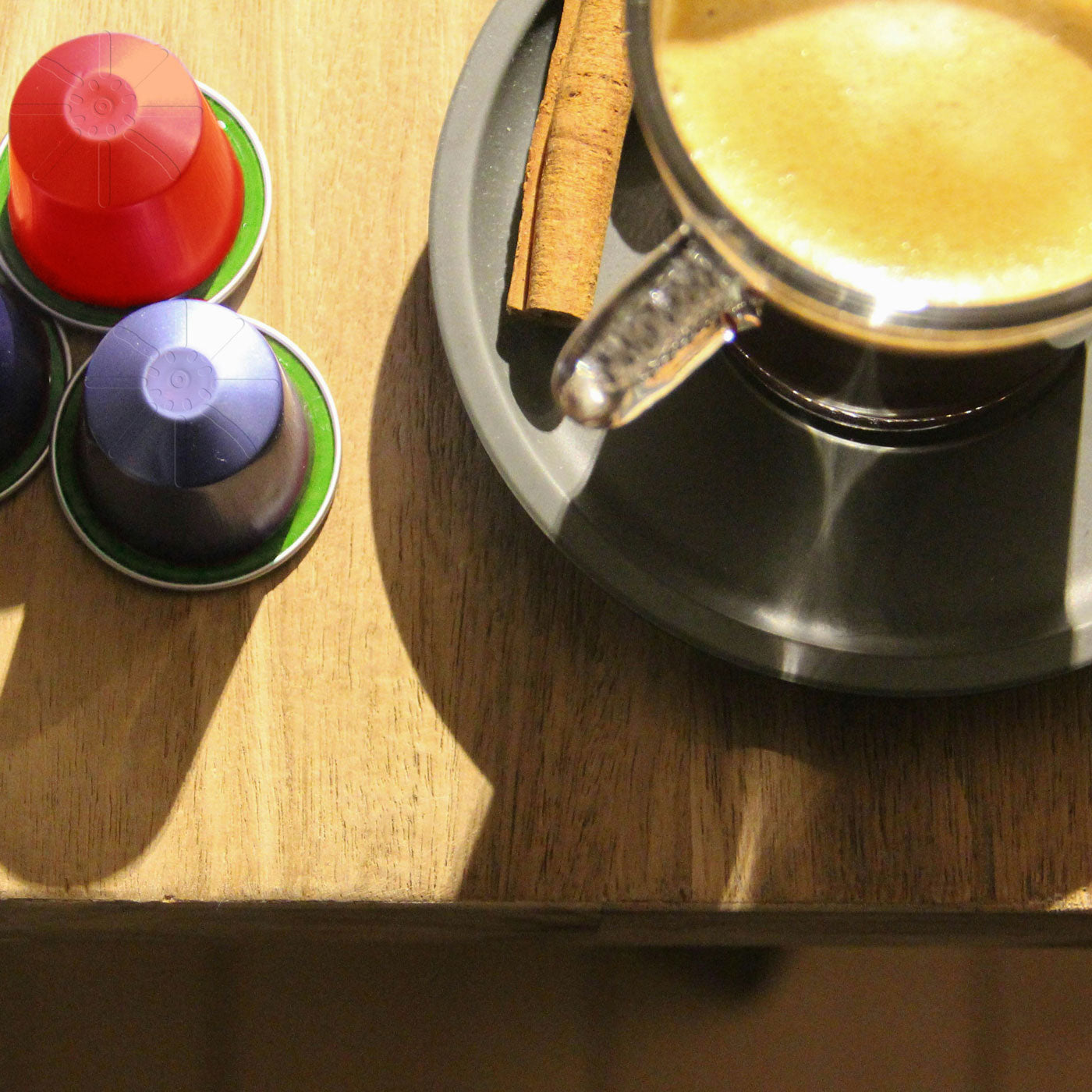
Regular maintenance
As a consumer, it is very important that you “rinse” or “flush” the machine without the capsule every time before use, this way the water gets up to temperature and the remaining coffee fats are rinsed away. Depending on the intensity of use, you should descale your machine every 2-3 months to maintain a good pressure that can sufficiently puncture the film. By the way, this advice applies to all capsules, not just compostable varieties.
Our capsules were extensively tested by ATP and found to be compatible on all Nespresso machines. However, we have found that the L'Or Barista can cause more problems than other models. For best results and greatest comfort, we recommend the Nespresso Pixie.
Why We Share This
We are definitely very proud of our second launch of these new capsules that now also look different: new is really new. We received a lot of positive feedback and the taste experience, which is what it's all about in the end, is a hit this time.
Our home compostable capsules are a step towards a more sustainable coffee culture and circular thinking. It may take a little getting used to and maintenance, but this is a small effort for a big impact.
We continue to collect and track all customer feedback, so if you have any questions or thoughts, please, share them with us at sarah@ray-jules.com !

